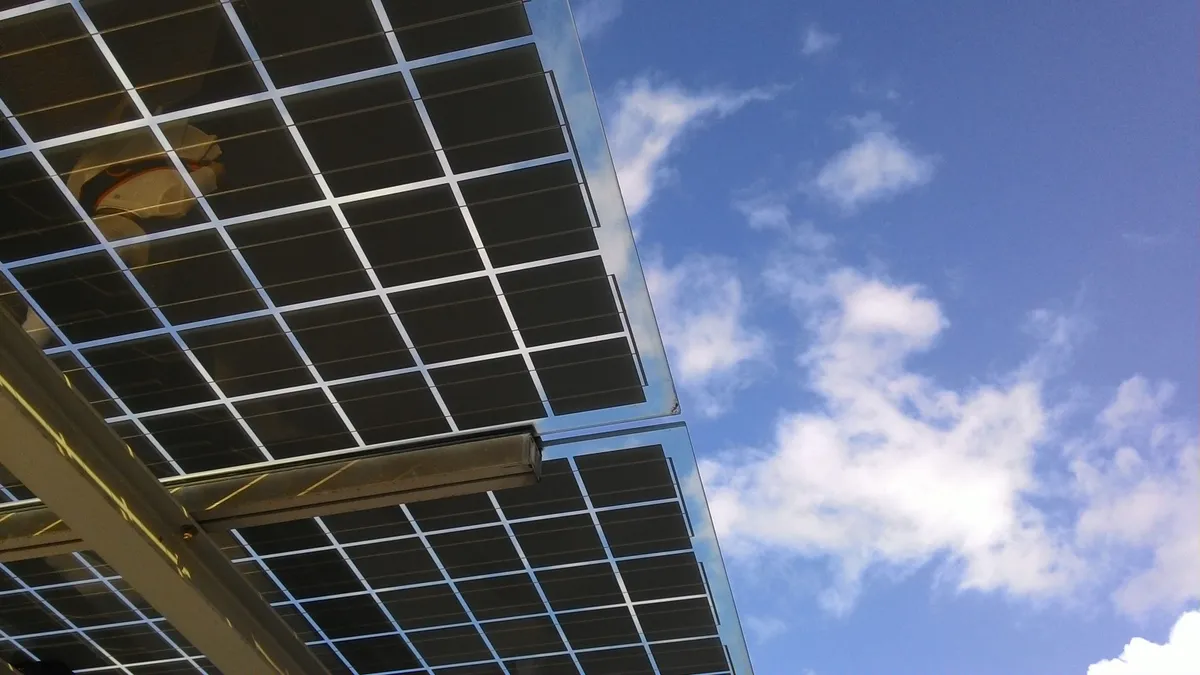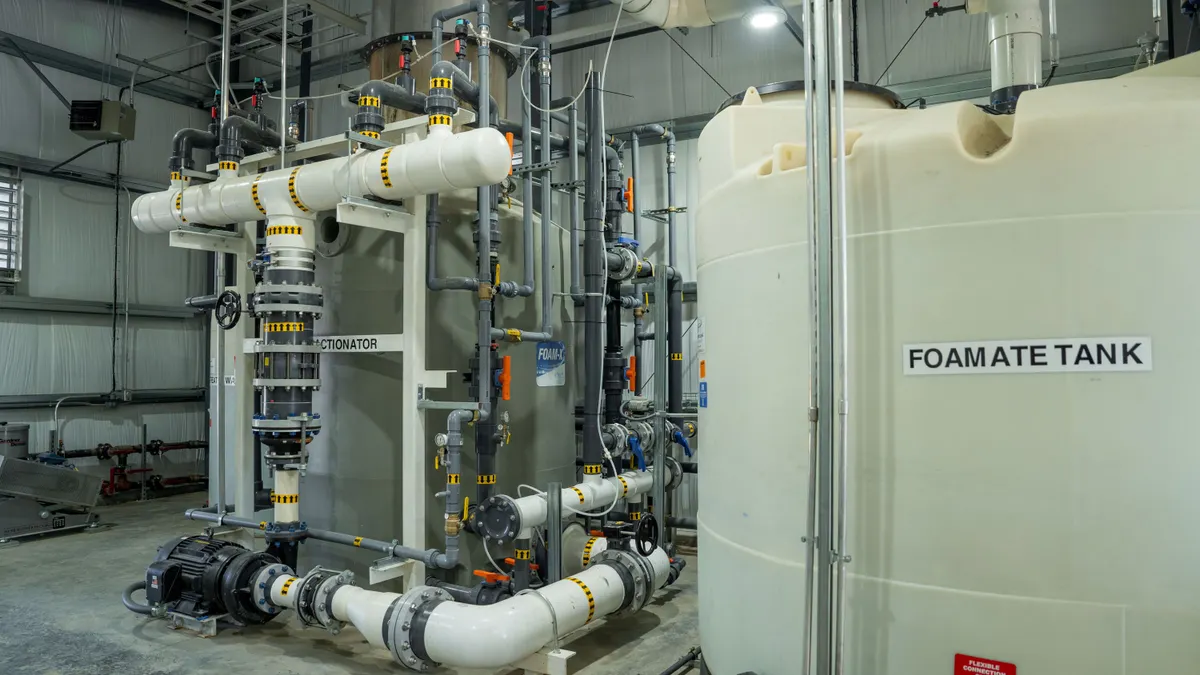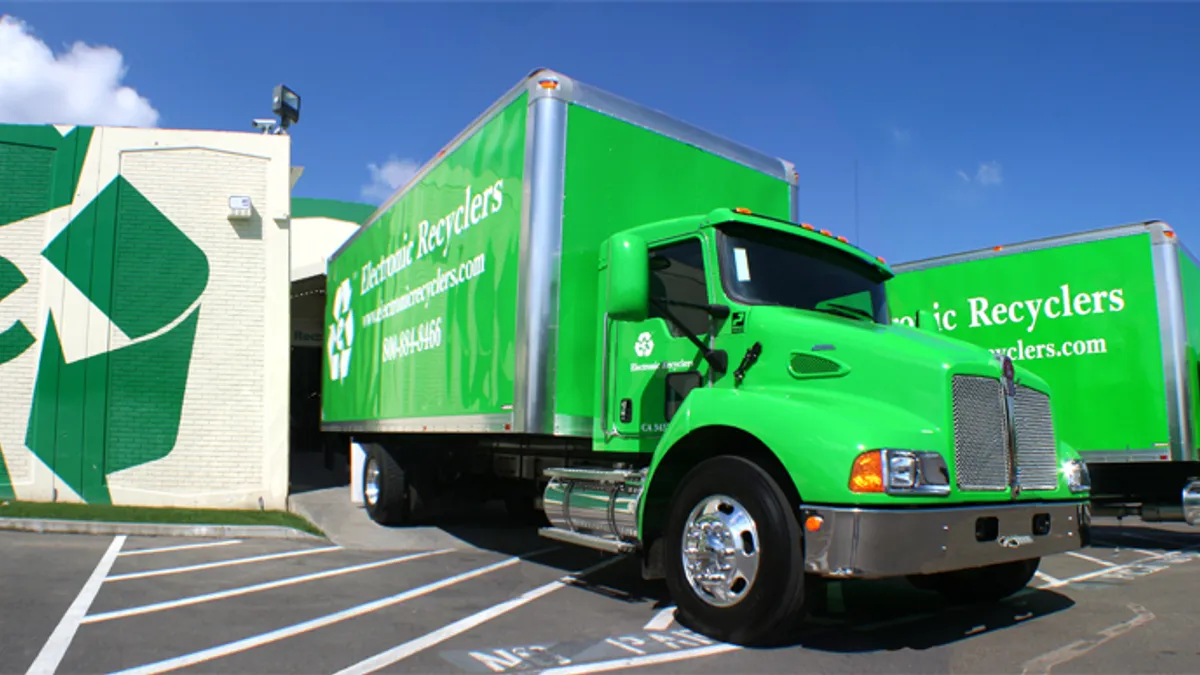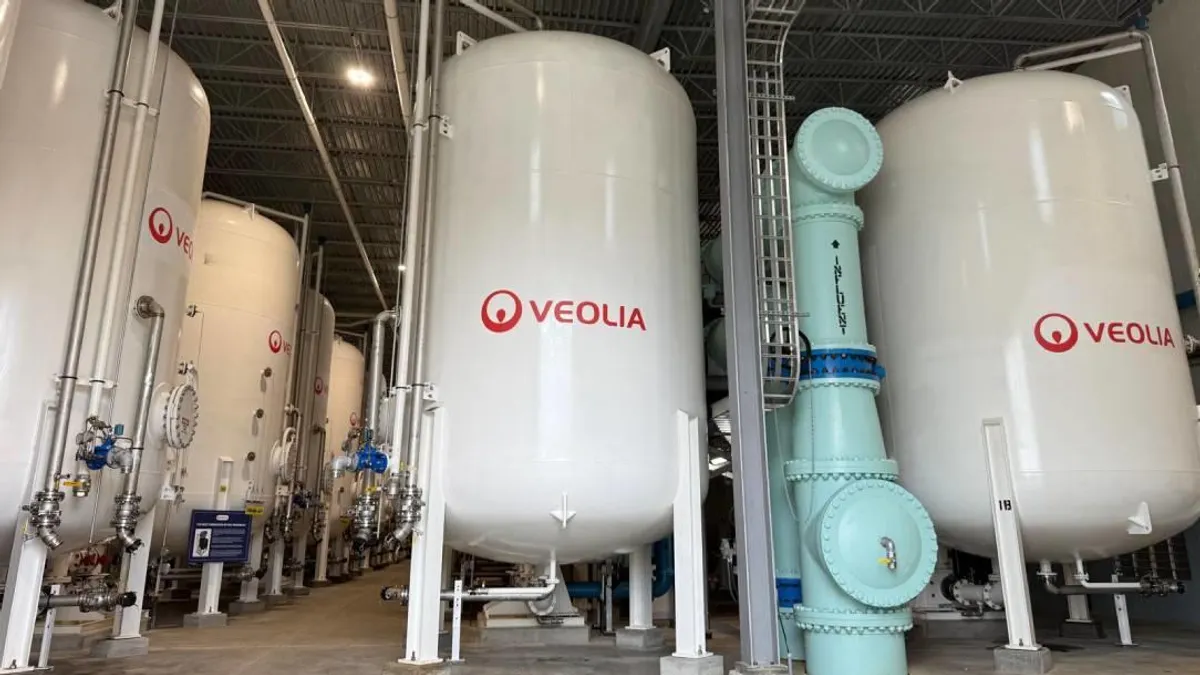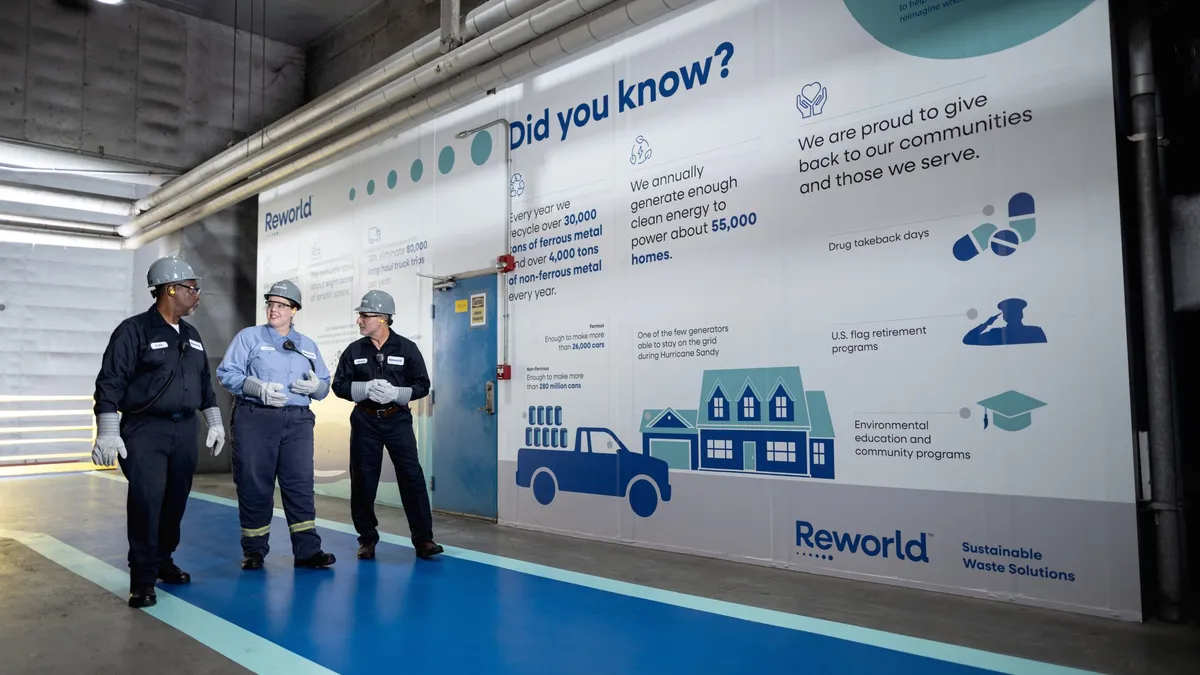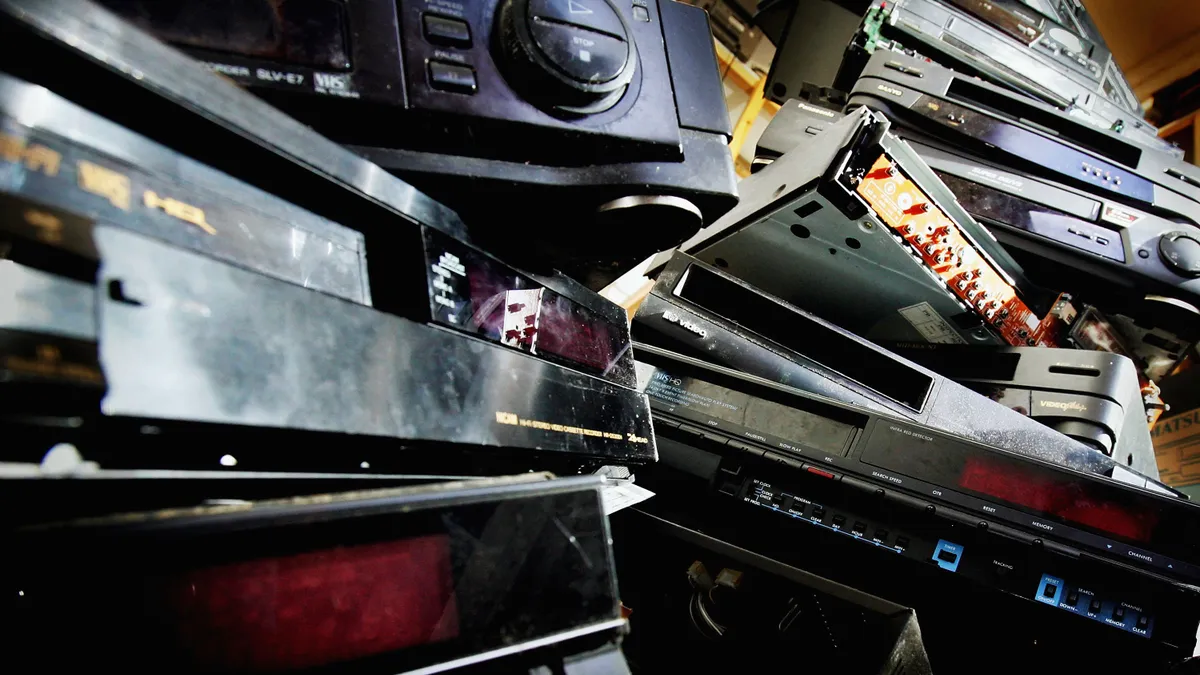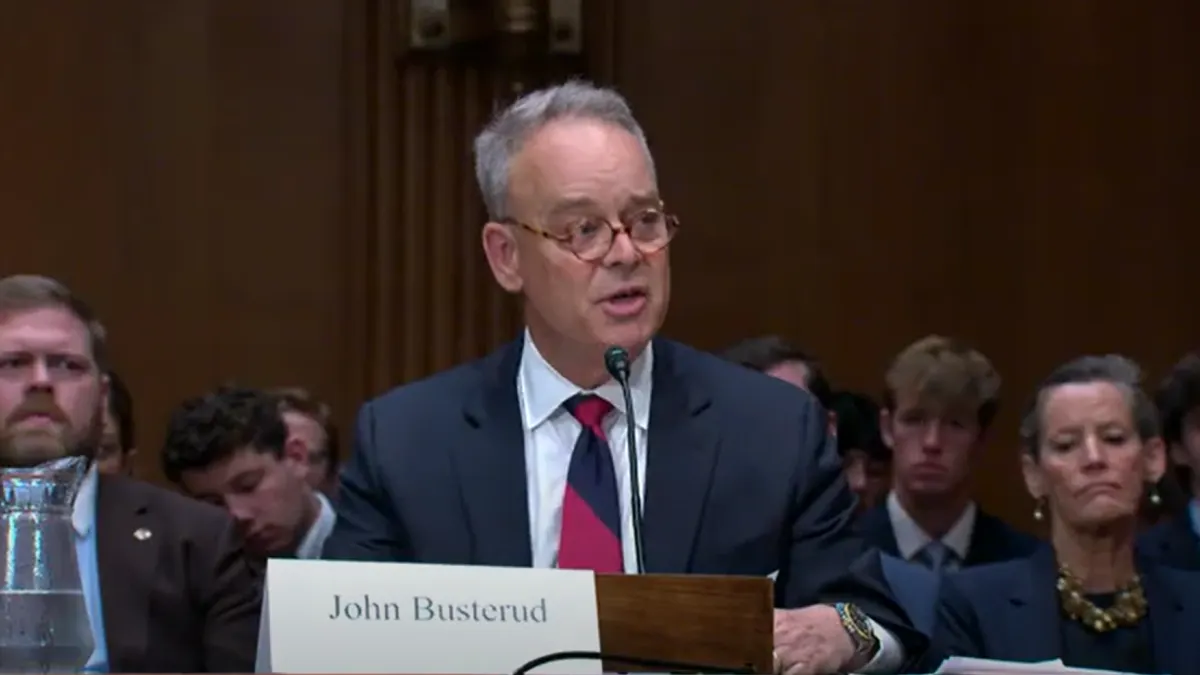Technologies like electric vehicles and wind turbines were designed to help reduce the planet’s reliance on fossil fuels or support other “green” lifestyle changes, but more work needs to be done to make sure these same technologies don’t pollute the environment when they reach end of life, said panelists at a recent circular economy workshop hosted by the National Institute of Standards and Technology (NIST).
Design innovations and reuse and repair strategies can help further circular economy goals for products like solar panels and smartphones, representatives from throughout the supply chain said at the NIST workshop. They discussed the biggest technical and economic barriers to the reuse, refurbishment, and recycling of these products, as well as the most exciting opportunities.
NIST, a non-regulatory agency within the U.S. Department of Commerce, works on science and technology research programs meant to help advance the U.S. economy. Supporting circular economy improvements is an expanded focus for NIST, and the workshop was meant to help the agency find “actionable items” to advance recycling and waste reduction goals, said moderator Martin Green, leader of the agency's materials for energy and sustainable development group. NIST undersecretary of commerce Walter Copan also spoke about these goals during the U.S. EPA’s America Recycles Summit in November, saying circular economy projects will have “tremendous societal benefits” for the United States.
Here are just a few of the major themes that emerged from the two-day event on Jan. 27-28.
Managing end-of-life batteries from electric vehicles comes with risks and reward
Passenger electric vehicles are increasingly popular, and several waste haulers have announced they will slowly make plans to retrofit or replace some collection vehicles with electric options as part of their plans to set greenhouse gas emissions reduction targets. Automobiles are responsible for over 15% of global energy consumption, so vehicle electrification is a key strategy for making them more sustainable and energy efficient, said Gregory Keoleian, co-founder of the Center For Sustainable Systems at the University of Michigan.
They also pose circular economy challenges. As more and more electric vehicles enter the market, innovators are trying to work quickly on what to do with the mounting number of EV batteries left over when those vehicles reach end of life.
The clock is ticking on finding solutions, said Maria Curry-Nkansah, a senior research advisor at the National Renewable Energy Laboratory (NREL) and the lead for several of its circular economy initiatives. By 2025, “about 600,000 metric tons of lithium ion battery waste will be generated,” she said. “That means we are already facing a problem of end of life from this first generation of electric vehicles.”
NREL is working with researchers on a battery recycling R&D project to extract lithium, cobalt and nickel for reuse, potentially by the same battery manufacturers working to fill greater demand for EV batteries. It is also working on a project that would make it easier to refurbish intact components like the cathode and anode, she said.
Another option is to connect the EV batteries to power grids. EV battery design isn’t standardized, and each battery may have a different charge level based on its age or design. That represents a barrier for grid projects that require mixing and matching batteries from different car manufacturers, but the batteries are valuable enough that it’s worthwhile, she said.
The batteries are also ideal for creating other types of power banks, said Eric Lundgren, founder of BigBattery, which works with about half of the manufacturers in the United States to source and repurpose used EV batteries for modular power storage.
Car manufacturers are also working on ways to integrate better circular economy strategies in other features of their vehicles, such as including recycled and recyclable materials into upholstery, lightweighting vehicle frames with aluminum made of easily-recycled alloys, and researching ways to reduce the amount of energy needed for the manufacturing process, Keoleian said.
Good design is critical
As circular economy proponents work to find ways to responsibly manage the technology that already exists, they must also set their sights on the solutions and innovations that haven’t yet been built, panelists urged.
Product design is hugely important to the future of the circular economy because it can help prevent the introduction of harmful or hard-to-recycle components into the environment, said Thomas Graedel, professor emeritus of Industrial Ecology and Chemical Engineering at Yale University.
“Designers need to think about what happens to their beautiful products when they're no longer wanted,” he said.
Wind turbines are not accepted at most landfills or scrap recycling facilities because of their size and complex components, so these huge devices struggle to find an end market, Curry-Nkansah said. Solar panels are in a similar boat. NREL's circular economy lab is working on developing end markets for both, but future models designed for better circularity will also be important, she said. One of NREL's wind turbine manufacturing projects that uses recyclable thermoplastic resin is an example, she said.
In an ideal world, product design is so elegant that every facet has a perfect place in the circular economy, said William McDonough, an architect and sustainability expert who advocates for improving circular economy designs over time.
During his keynote talk, McDonough pointed out examples of buildings his architecture firm designed with living roofs, the ability to generate their own power, stormwater systems that water native plants and trees, and building components that can be disassembled, reused, or easily recycled or composted. He urged participants to see smaller-scale opportunities for smart redesign in other everyday objects such as smartphones.
Phone manufacturers are in the business of releasing new models whenever possible, and those plans should also include protocols for takeback programs, new manufacturing capabilities or other innovations to reduce waste and more effectively recycle, he said.
Another challenge is that electronics, solar panels and other innovations can include tiny components such as miniature plastic screws or trace amounts of precious or rare earth metals. This represents a circular economy hurdle Graedel describes as “design for dissipation.” It’s the idea that some products, in their current form, can't achieve 100% circularity because it is just too hard to collect and find homes for miniscule component parts. One example is the cadmium coating on airplane landing gear, which keeps the metal strong for impact but creates potentially-dangerous cadmium buildup at airports, he said.
Prioritize reuse and repair
Repair and refurbishment efforts are just as necessary in a circular economy as product design and recycling innovations, a group of experts said during a panel discussion on reuse innovations.
Repair and reuse prevents new materials from entering the waste stream, and it also reduces humanity’s carbon footprint, according Kyle Wiens, founder and CEO of iFixit, an open source repair organization. “Almost all of the embodied energy over the lifespan of a smartphone or laptop is embodied in manufacturing,” he said. His organization creates open source repair manuals to help people to repair broken electronics.
He also urges electronics manufacturers to design products with repair and reuse in mind. One example is the Fairphone, a mobile phone made with recycled plastic components, packaged in eco-friendly packaging, and made with a modular design that makes it easy to repair or replace any part, he said.
Josh Lepawsky, a geography professor at Memorial University in Newfoundland, said reuse will become even more important as the population of the planet increases.
“In a circular but growing economy, if more and more energy and materials are moving through that system, they have to come from somewhere. And the waste and the pollution is going to have to go somewhere,” he says.
The challenge is to connect reused electronic devices with the right end markets, added Adam Shine, vice president of Sunnking, an electronics recycler and IT asset management company. If that part is successful, recyclers and refurbishers can offer big economic incentives.
“Reusing your device, or refurbishing it and reselling it is a win-win for everybody," he said, because the individual can potentially make some money from the sale of their device, an electronics company can make some money by upgrading and repurposing it, and a new consumer “ultimately wins by buying it again at a fraction of the cost.”
Big ideas still need incentives in order to work
Throughout the event, panelists acknowledged there are many exciting ideas that can drive circular economy efforts forward, but the big ideas won’t work without a proper incentive.
“One big constraint is the lack of commitment to reuse,” Graedel said, describing cost as one of the biggest factors. For example, steel left over from a bridge repair may be a good-quality feedstock, but if it’s too expensive to use that material in a new project and cheaper alternatives exist, “it will sit comatose and unused.”
Alessandra Hool, chair of the International Roundtable on Minerals Criticality, said governments and the private sector could play myriad roles in moving the circular economy forward through possible policy interventions, taxation, trade agreements, and business partnerships. “We could tackle a lot of problems at once by incentivizing circularity,” she said.
Several panelists highlighted the way consumers can play a part in driving circular economy initiatives by demanding products made in responsible ways. In his keynote, McDonough discussed Cradle to Cradle, a circular economy certification he helped develop that assesses products based on sustainability categories such as material reuse, renewable energy and carbon management, water stewardship and social fairness. These and other certifications for products can help drive the “economy” piece of the circular economy when consumers choose product alternatives they know will have a better impact on the planet, he said.
Panelists said the circular economy is an intricate and complex concept that requires the collective action of businesses, governments, product designers and individuals to get it right.
Nik Engineer, executive business lead at the Ellen MacArthur Foundation, said organizations like his have been building relationships across these sometimes-siloed partners in order to coordinate major changes that need to take place. “We want to recognize that it takes the work of individuals and organizations, thousands of them,” he said.



